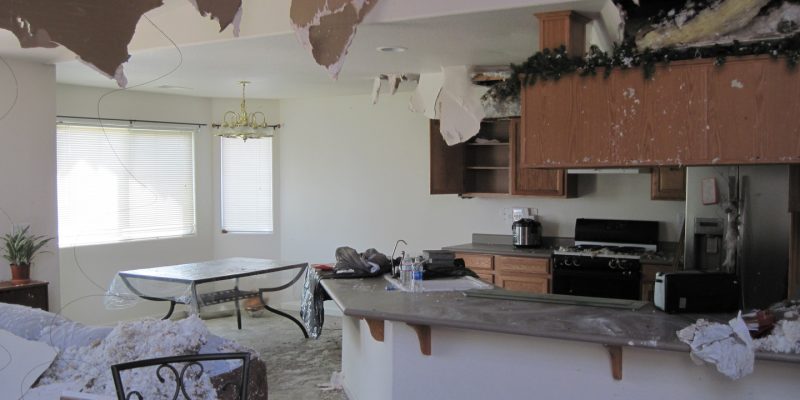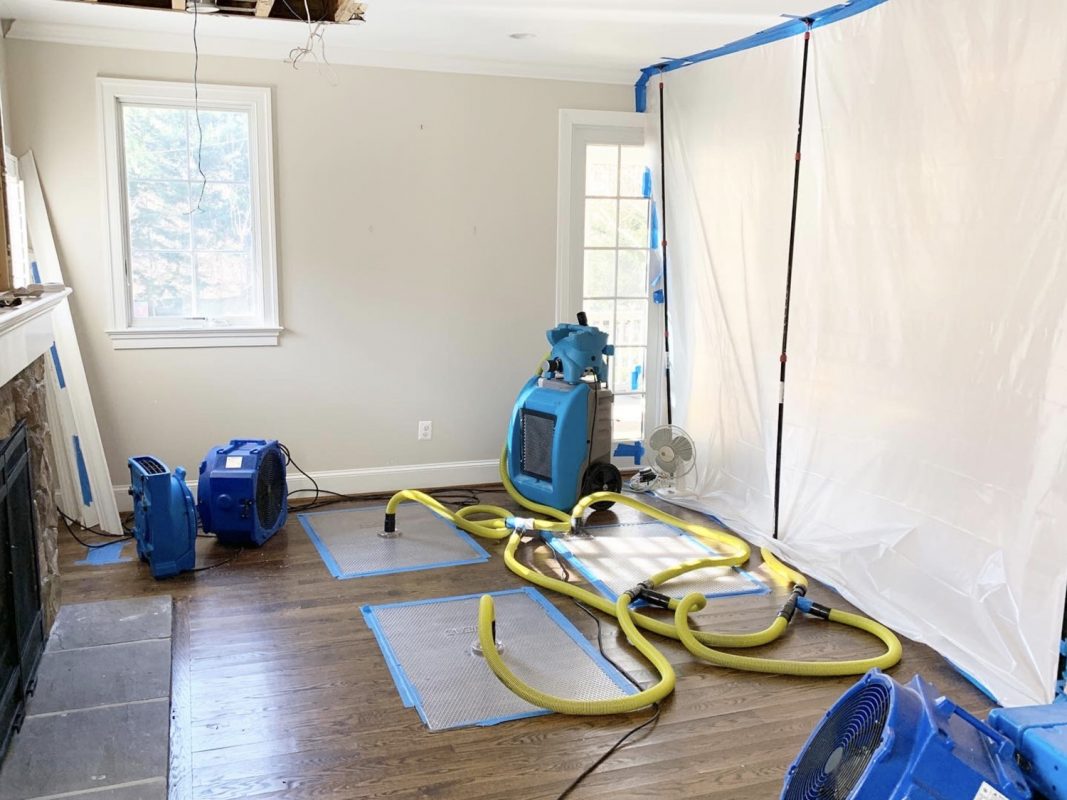Do's and Don'ts During Water Damages Emergency Situations.
Do's and Don'ts During Water Damages Emergency Situations.
Blog Article
The article in the next paragraphs relating to What You Can Do At Home To Prevent Fire And Water Damage is incredibly remarkable. Check it out for your own benefit and decide what you think about it.

Water offers life, however water invasion on some parts where it's not supposed to be can cause damages as well as hassle. If the water seeps right into your structure, it can peel away the surface and also wear down the material's foundation. Mold as well as mildew also prosper in a moist atmosphere, which can be hazardous for your as well as your family members's health and wellness. Furthermore, residences with water damage scent mildewy and also old.
Water can come from several resources like hurricanes, floods, ruptured pipes, leaks, as well as sewer issues. If you have water damage, it's much better to have a working expertise of security precautions. Here are a few standards on just how to take care of water damage.
Do Prioritize Home Insurance Coverage
Seasonal water damages can come from floodings, seasonal rains, and wind. There is additionally an event of an unexpected flood, whether it originated from a malfunctioning pipe that instantly ruptures into your home. To shield your house, obtain house insurance that covers both acts of God such as all-natural disasters, and also emergencies like busted plumbing.
Don't Neglect to Turn Off Energies
When catastrophe strikes and also you're in a flood-prone area, switch off the major electrical circuit. Turning off the power prevents
When water comes in as water serves as a conductor, electrical shocks. Don't fail to remember to switch off the main water line valve as a means to avoid even more damage.
Keep your furniture steady as they can move about and also trigger added damage if the floodwaters are obtaining high.
Do Stay Proactive and also Heed Weather Notifies
If you live in a location tormented by floods, stay proactive as well as prepared at all times. Listen to the news and evacuation warnings if you live near a body of water like a river, creek, or lake .
Don't Overlook the Roofing System
Your roofing contractor should take treatment of the malfunctioning gutters or any kind of other signs of damages or weakening. An evaluation will avoid water from flowing down your walls as well as saturating your ceiling.
Do Take Notice Of Tiny Leakages
There are red flags that can draw your interest and suggest to you some damaged pipelines in your house. Indications of red flags in your pipelines include bubbling paint, peeling wallpaper, water touches, water stains, or dripping sounds behind the walls. Fixing and also examine your plumbing fixed prior to it results in huge damages to your residence, finances, and a personal headache.
Do Not Panic in Case of a Ruptured Pipeline
Timing is key when it comes to water damage. If a pipe bursts in your home, right away shut off your major water valve to cut off the source and also stop more damages. Call a trusted water damage remediation expert for help.
Water offers life, yet water breach on some components where it's not expected to be can result in damage and also trouble. In addition, residences with water damage scent old as well as musty.
Seasonal water damages can come from floodings, seasonal rains, and also wind. Signs of red flags in your pipelines include bubbling paint, peeling off wallpaper, water touches, water stains, or leaking audios behind the walls. If a pipe bursts in your house, instantly shut off your primary water shutoff to reduce off the source and stop even more damages.
Some Do's & Don't When Dealing with a Water Damage
DO:
Make sure the water source has been eliminated. Contact a plumber if needed. Turn off circuit breakers supplying electricity to wet areas and unplug any electronics that are on wet carpet or surfaces Remove small furniture items Remove as much excess water as possible by mopping or blotting; Use WHITE towels to blot wet carpeting Wipe water from wooden furniture after removing anything on it Remove and prop up wet upholstery cushions for even drying (check for any bleeding) Pin up curtains or furniture skirts if needed Place aluminum foil, saucers or wood blocks between furniture legs and wet carpet Turn on air conditioning for maximum drying in winter and open windows in the summer Open any drawers and cabinets affected for complete drying but do not force them open Remove any valuable art objects or paintings to a safe, dry place Open any suitcases or luggage that may have been affected to dry, preferably in sunlight Hang any fur or leather goods to dry at room temperature Punch small holes in sagging ceilings to relieve trapped water (don't forget to place pans beneath!); however, if the ceiling is sagging extremely low, stay out of the room and we'll take care of it DO NOT:
Leave wet fabrics in place; dry them as soon as possible Leave books, magazines or any other colored items on wet carpets or floor Use your household vacuum to remove water Use TV's or other electronics/appliances while standing on wet carpets or floors; especially not on wet concrete floors Turn on ceiling fixtures if the ceiling is wet Turn your heat up, unless instructed otherwise

I'm just very fascinated by Reducing Your Risk Of Water And Fire Damage At Home and I really hope you enjoyed reading the piece. Are you aware of anybody else who is intrigued by Reducing Your Risk Of Water And Fire Damage At Home? Please feel free to share it. Thank you for taking the time to read it.
Report this page